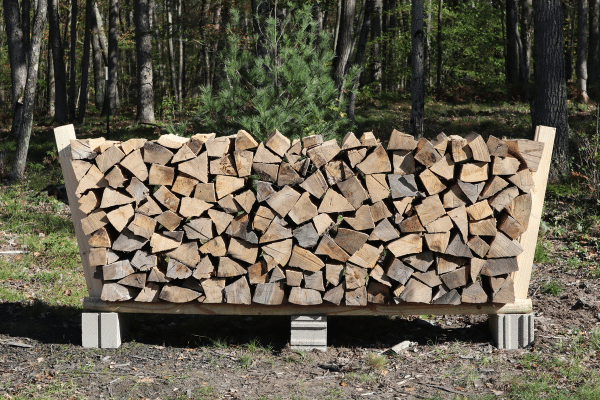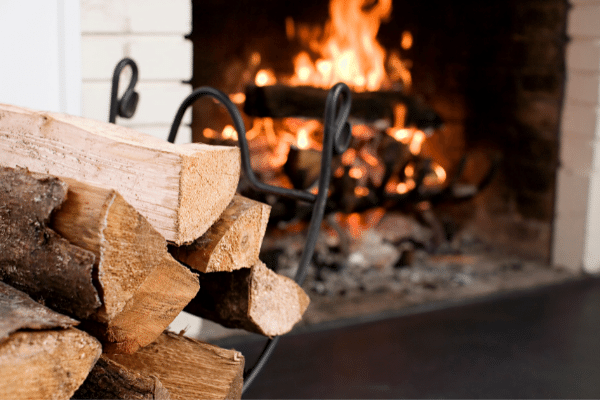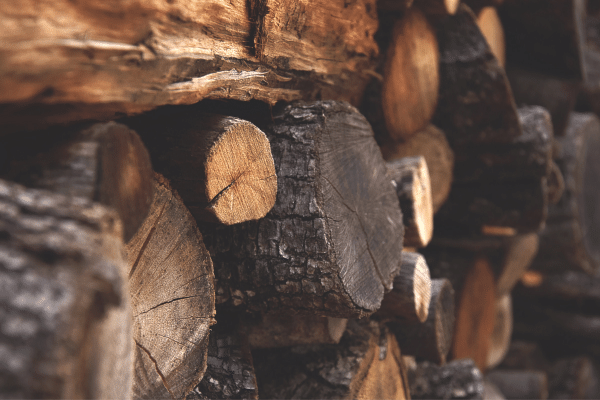- Home
- Types Of Firewood
- Is Sassafras Good Firewood
Is Sassafras Good Firewood?
This post may contain affiliate links so I earn a commission.
Is sassafras good firewood or should you focus your time on a more desirable tree to burn?
The answer is actually a little more complicated than a simple yes or no.
If you are roaming the woods of the eastern half of North America, it is easy to spot sassafras trees.
The abundant hardwood tree is unique in that its leaves develop in three different shapes, a regular oval leaf, an oval leaf with a lobe on one side, or a three-lobed leaf.
Rip one of the leaves and you’ll be treated to a burst of fragrance from plant oils that were once highly prized by Native Americans for folk remedies.
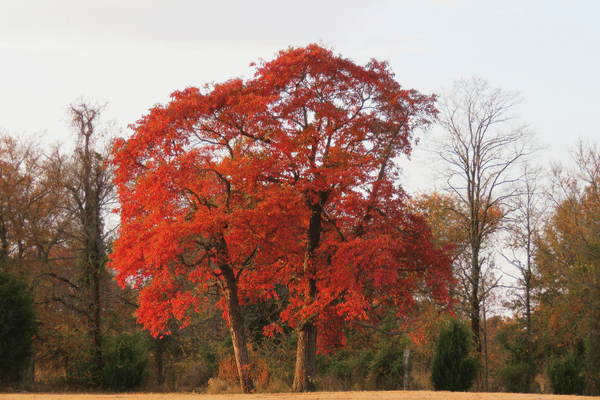
Today, leaves of the sassafras, along with
the bark, roots, stems, blossoms, and fruit remain popular for culinary use,
such as making tea, curing meat, and flavoring root beer.
But we are not here to make tea.
We are here to discuss firewood.
So that begs the question, is sassafras good firewood?
For homeowners who heat with wood, sassafras is a complicated tree.
There are pros and cons to burning it in your wood stove or fireplace which we will discuss in more detail below.
Where To Find Sassafras Firewood
Sassafras is a common tree that is plentiful in woodlands in the eastern half of North American.
If you live east of the Mississippi River and between Ontario and Florida, there is a high probability of sassafras growing near you.
This is perfect for people who own their own woodlot or have access to one since you will likely find sassafras there.
West of the Mississippi, however, is beyond the native habitat of sassafras.
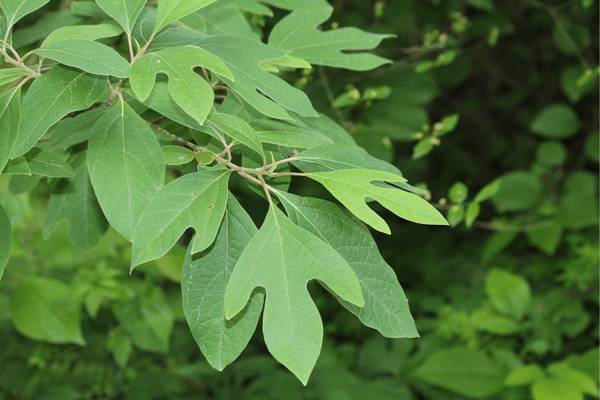
If
you get your firewood from the windfall in your own wood lot, the cost of a
cord of sassafras doesn’t really matter to you.
But if you have to purchase your firewood, be warned that sassafras typically commands a higher price.
Does that higher price tag mean that sassafras is a good wood to burn?
Not necessarily.
In this case, it is a demand thing.
Since there are so many other uses for sassafras other than burning the wood, wood sellers can hike up the price.
Is Sassafras Good Firewood To Split?
Ask a seasoned wood cutter and they will tell you that sassafras is easy to cut and split.
In fact, it is one of the best woods to chop and it has a naturally straight grain that makes it easy to split.
Unlike some woods, it is possible to split sassafras when it is freshly cut as well as when it is seasoned.
To split sassafras firewood, try using the Fiskars X27 splitting axe.
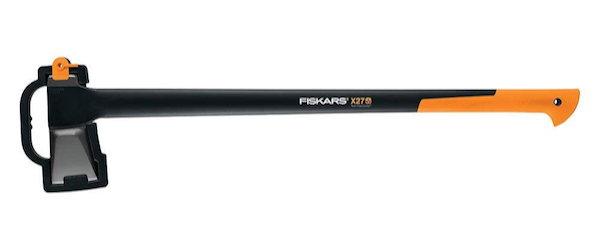
The sharp, lightweight design of the axe makes splitting most firewood types a breeze.
Another benefit of sassafras firewood is that it seasons pretty quick.
In fact, sassafras dries and seasons more quickly than many other types of firewood, like elm and oak.
Sassafras wood that has been split and stacked should be ready to burn in about three months.
As an added bonus, sassafras resists mold growth under the bark, unlike several other types of firewood.
Does Sassafras Smell Good?
Sassafras has a pleasant odor.
The leaves and blossoms smell good and so does the tree’s stems, bark, and wood.
Remember, sassafras is used to flavor beverages and to smoke meat.
When you burn it, it also produces a pleasing scent.
If you find yourself with a surplus of less fragrant wood, like cottonwood or elm, you may be able to combat the nasty smell of those woods by mixing it with sassafras.
The saps and oils that make sassafras smell so good and helps flavor microbrews and sarsaparilla candy is also present in the sassafras logs that you burn.
The sap is released when the wood is burned which could form creosote and cling to the inside of your chimney.
For a sappy, oily wood, sassafras isn’t as bad as it could be, but it is still wise to have your chimney cleaned and inspected on a regular basis if you burn creosote-prone woods like sassafras.
Sassafras Produces A Lot Of Sparks
The oils and saps in the sassafras wood heat up when you start a fire and burst out of the wood when the pressure gets to be too much.
You will hear snaps, crackles, and pops from the fireplace or the wood stove when you heat with sassafras.
The wood is also prone to shooting out sparks.
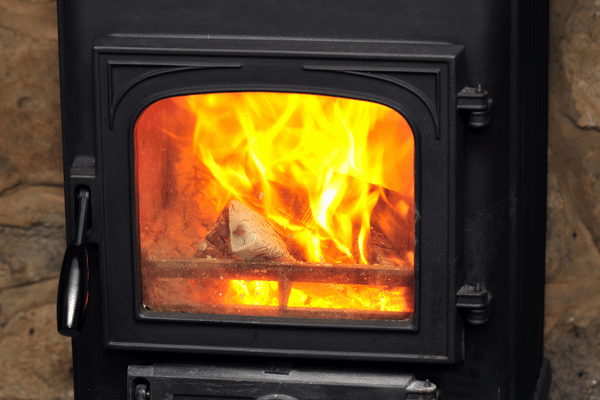
If you are burning the sassafras in
a wood stove or outdoor wood furnace where the burning chamber is contained,
the sparking isn’t a problem, but it can be an issue if you are using it in a
fireplace or backyard fire pit.
Use caution when you open the door or part the screen to add more wood.
An errant spark could burn you or start a house fire or grass fire.
You should never leave a fire unattended, but this is especially true when burning a sparky, snappy wood like sassafras.
Is sassafras good firewood for producing coals?
Not really.
Sassafras burns hot and fast, but it doesn’t produce a very efficient coal bed.
In fact, you will have more ashes than coals.
The fire from sassafras wood is hot while it lasts, which isn’t long.
After it burns away, you will be left with a pile of ashes.
If you plan to burn a lot of sassafras, you will have to empty the ashes from your fireplace or wood stove more frequently than if you used other woods.
And don’t expect a nice bed of coals that you can stoke up in the morning.
Sassafras is simply not that efficient.
When burned, it lacks longevity and sustained heat.
How Much Heat Does Sassafras Firewood Produce?
Sassafras has a low BTU, meaning that it doesn’t produce as much heat as other wood species.
The BTU rating for sassafras is 15.0 million BTUs per cord.
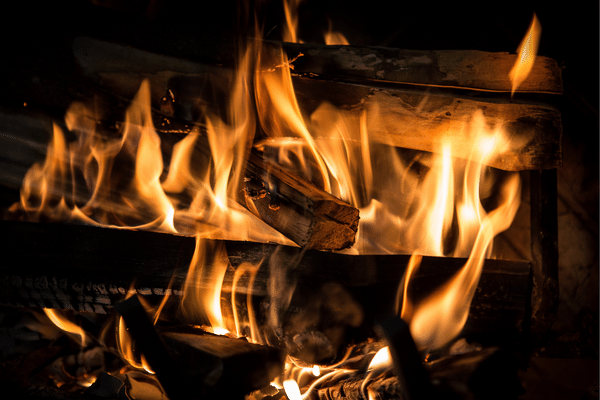
By comparison, the higher BTU
woods, like white oak has a BTU rating of 26.4, Osage orange has a rating of 32.9, and hickory burns at 26.5 million BTUs per cord.
So as you can see, sassafras falls at the low end of the BTU chart.
Sassafras will give you a quick, short-lived fire.
For home heating, that means you will need to feed your fire often to maintain a consistent heat and you will burn through more wood than you would if you were using oak or hickory.
Does Sassafras Firewood Create A Lot Of Smoke?
Even though sassafras gives off a pleasant odor when it is burned, you still don’t want a house full of smoke.
Fortunately, sassafras has a relatively low smoke output, which is unusual for a softer hardwood with a low BTU.
Other woods that fit this description, like poplar, cottonwood, and elm, are notoriously smoky.
Sassafras, on the other hand, has a smoke output that is more inline with harder, denser woods, like oak, beech, and ash.
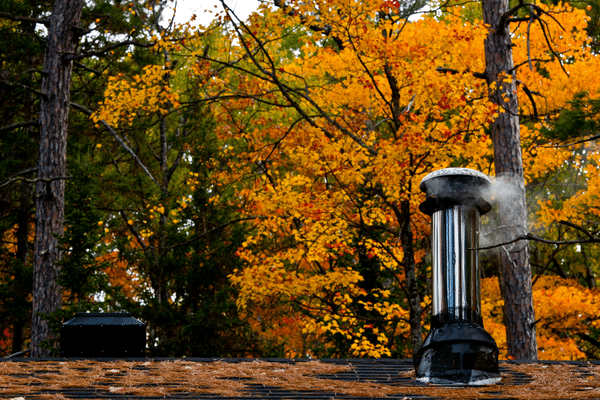
Although
rare, sensitivity to the burning oils and saps in sassafras have been reported.
When burning sassafras for the first time, it is wise to start with small pieces of wood in a test fire to make sure that no one in your home shows signs of an allergic reaction or sensitivity to the smell of the burning sassafras.
Take extra precautions if there is someone in your household who has asthma or is prone to airborne allergies.
If anyone exhibits symptoms, especially breathing difficulties, remove them from the home immediately and extinguish the fire.
Is Sassafras Good Firewood - Overall
Since we have an equal number of pros and cons, the answer to our question, "Is sassafras good firewood?" really comes down to personal preference.
If you have a ready supply of free sassafras and you don’t mind stoking your fire often and removing the ashes, you might enjoy burning sassafras.
After all, it is an easy wood to cut and smells wonderful.
But, if you are buying your firewood and you need your fire to last a long time without constant feeding, sassafras may not be a good choice for you.
There is a compromise, however.
You could split your sassafras into smaller, thinner, kindling-size pieces and burn it along with other wood.
Since sassafras splits easily, this won’t be a difficult chore.
You will be rewarded with the pleasant aroma of the burning sassafras.
It is kind of the best of both worlds!
